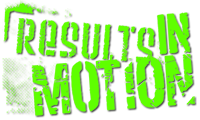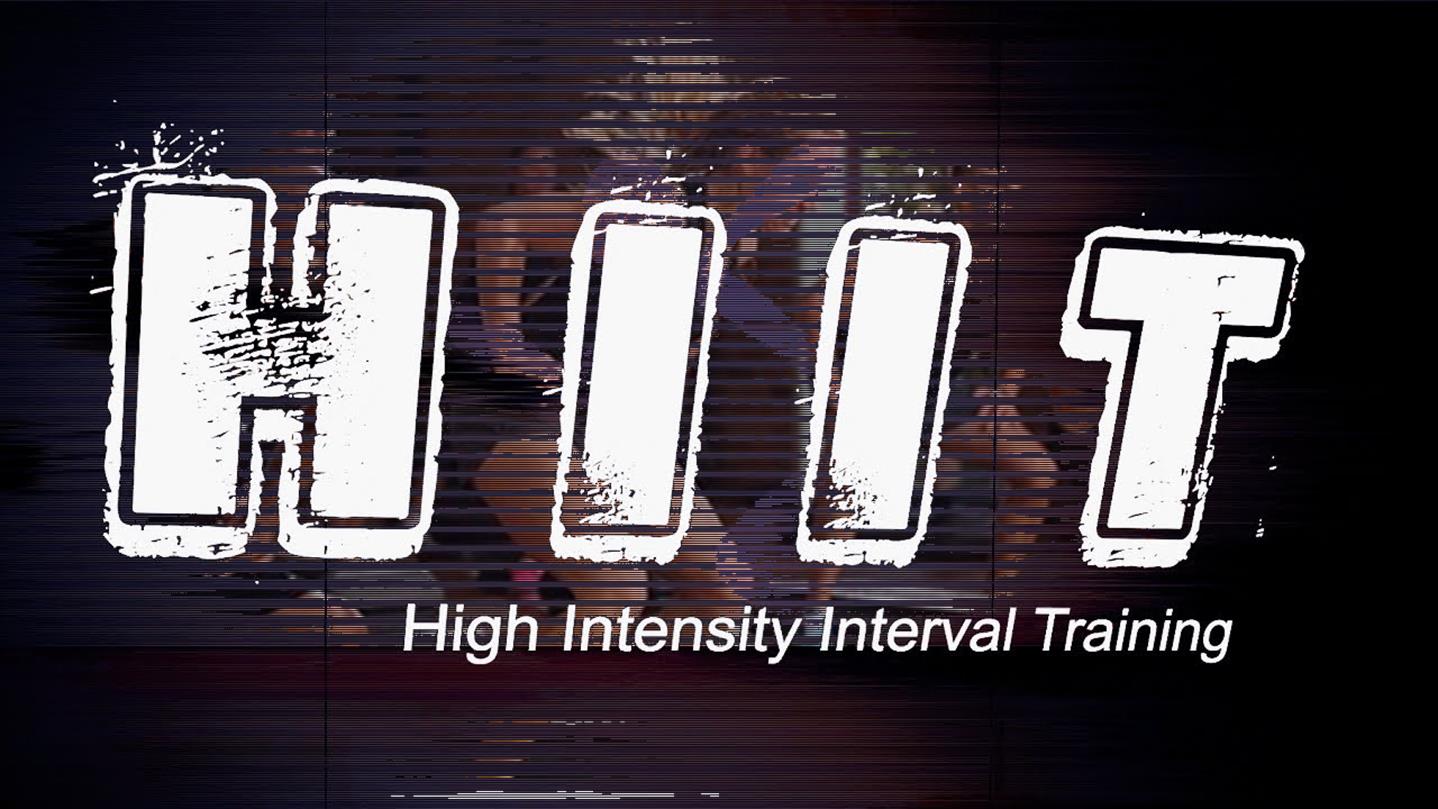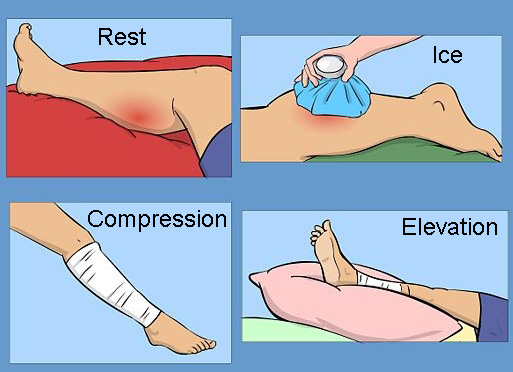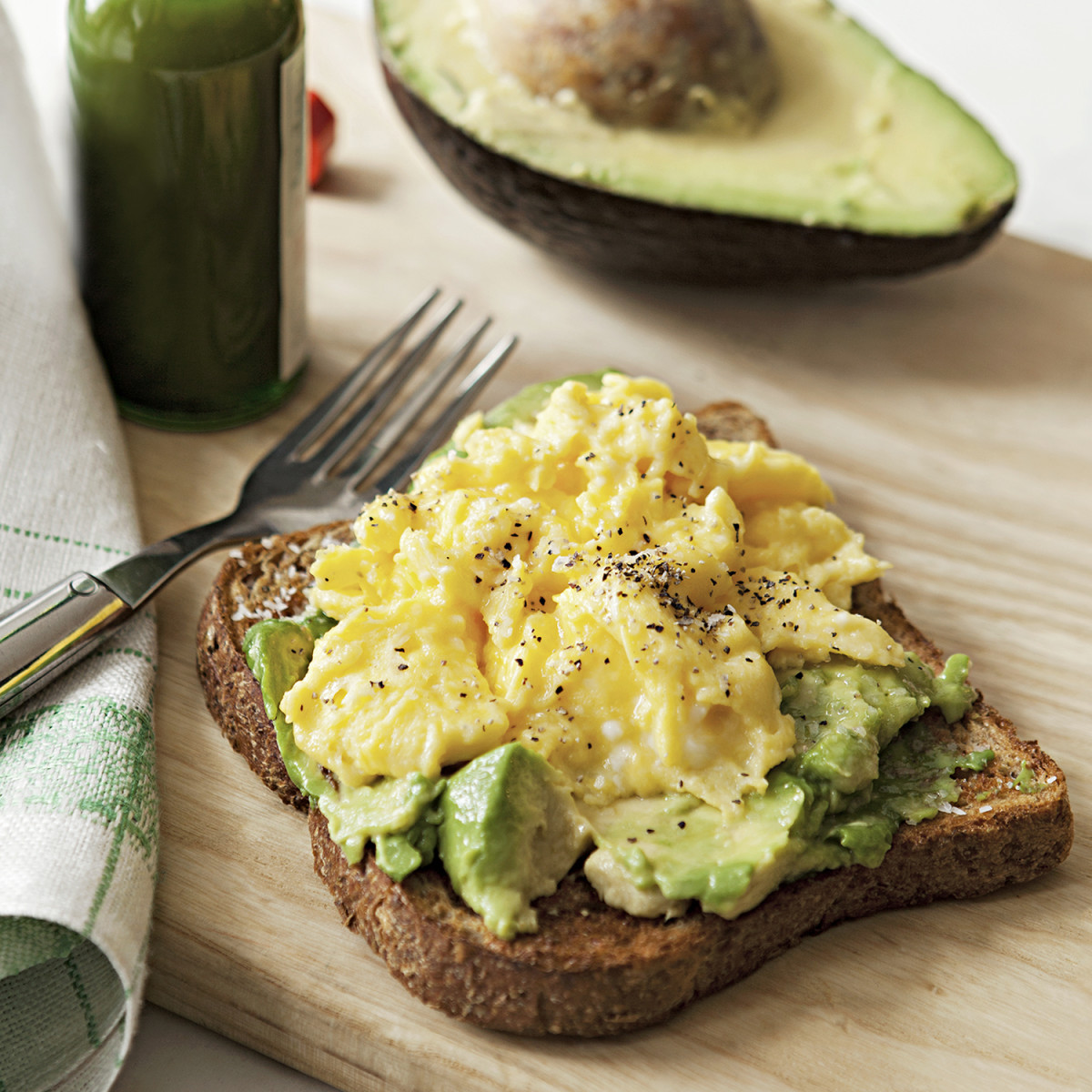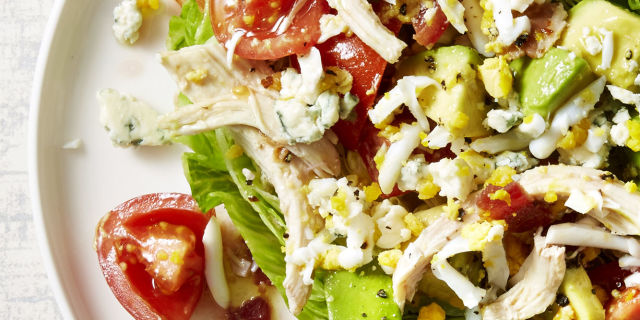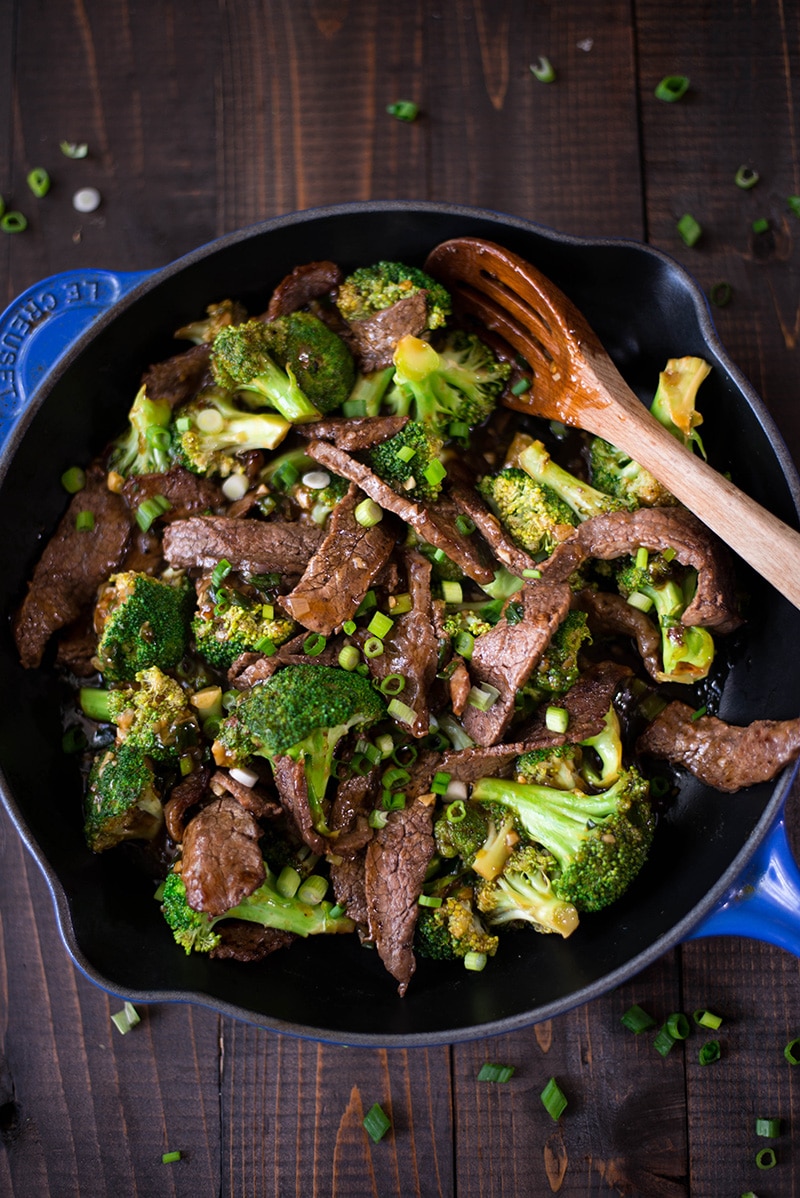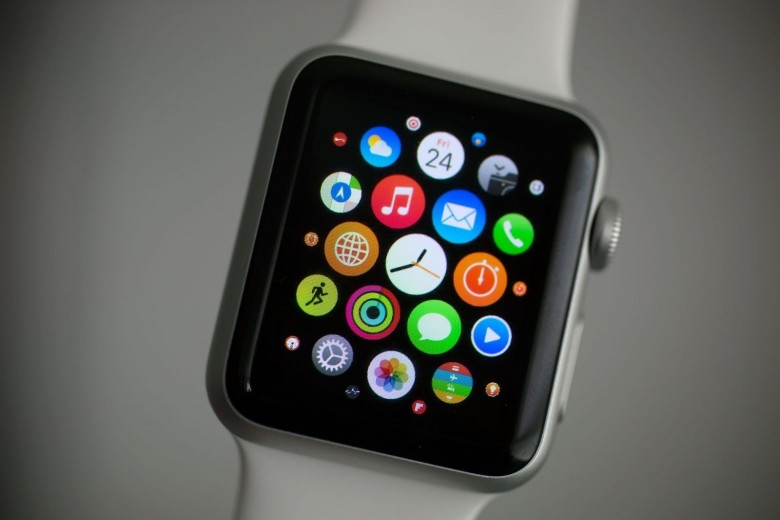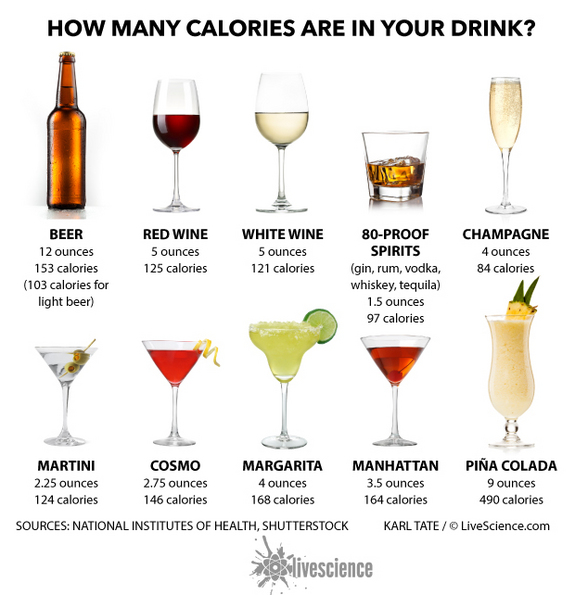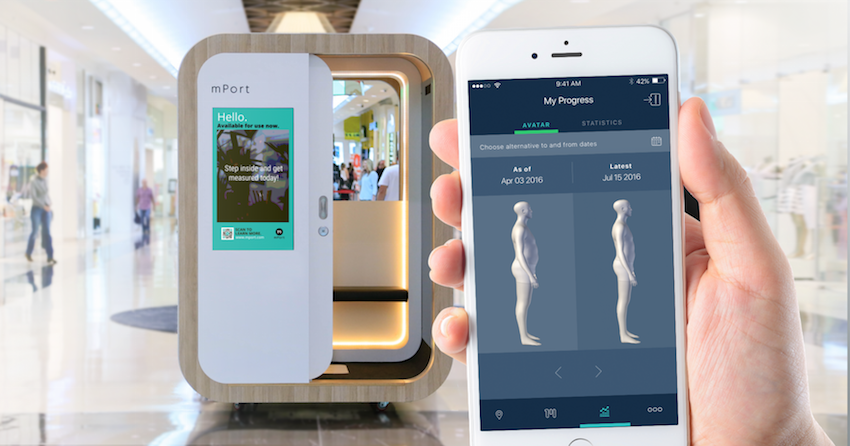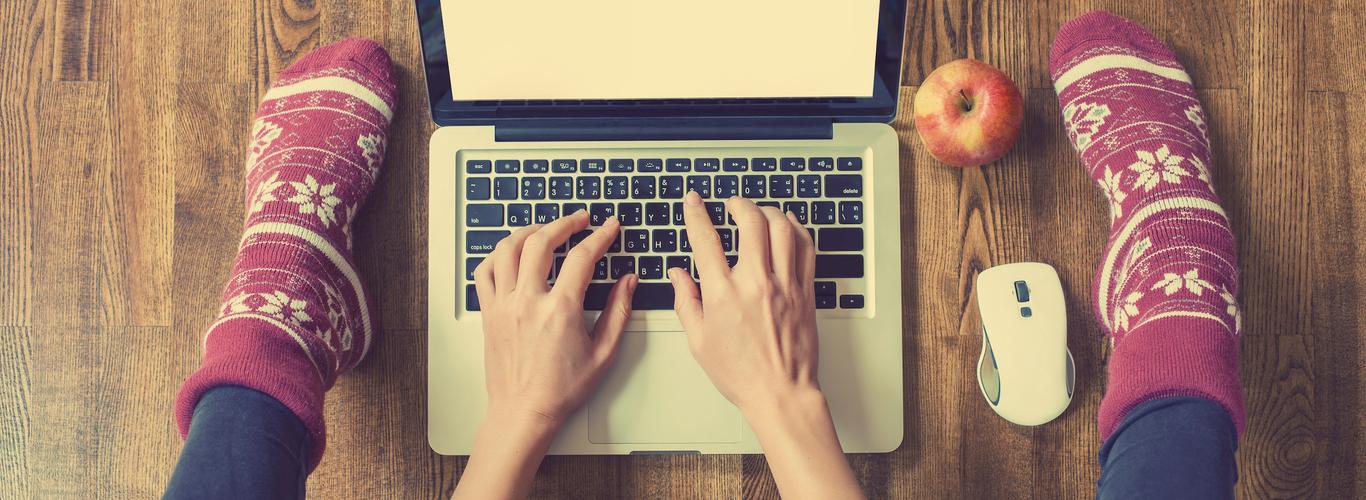Tasty little mini quiches made so quick and easily – no pastry and no crust means no mess! Perfect snack to have at any time of the day that actually fill you up. Give them a go and tell us what you think!
INGREDIENTS
24 servings
- 3 Eggs, whisked
- 4 Rashes of bacon, diced
- 1 Small onion, grated
- 1/4 Cup of tasty cheese, grated
- Salt and pepper, to taste
- Dash of thickened cream
METHOD
Prep time: 10 min – Cook: 15 min – Ready in: 25 min
- Pre- heat your oven to 180 degrees C. Lightly grease 2 patty cake pans with cooking spray.
- In a bowl, mix the eggs, bacon, onion, cheese, salt, pepper. and cream with a fork until all mixed together well. Pour mixture into the trays. You can add spinach or tomatoes to this also.
- Bake in the oven for 15- 20 min or until golden brown.
